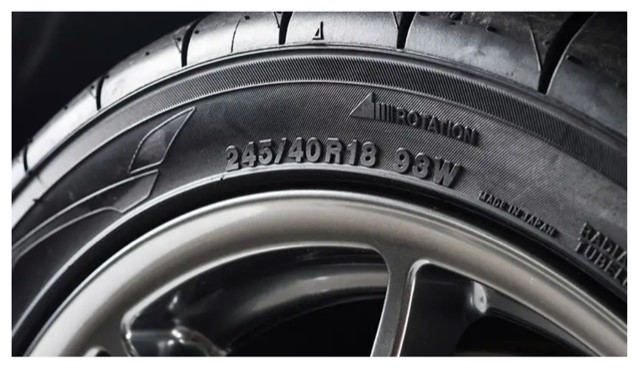Many of us select a tyre based on brand name or price and could end up being disappointed with the service you get from your tyres. Purchasing tyres with the wrong speed and load ratings could cause car and road safety issues, including tyre failure and loss in fuel efficiency.
Tyre specialist, Les Richardson, Vice Chairman of the Tyre, Equipment, Parts Association (TEPA), a proud association of the Retail Motor Industry Organisation (RMI) says the trick is to check the speed symbol and the load index stamped on the sidewall of the tyre to find the optimal tyre for your vehicle.
“Typically, these symbols indicate the maximum load or speed the tyre is rated for. The average motorist will never exceed these loads or speeds, but they are worth noting, particularly for those times when you do load up your car for an annual holiday for example. Roof racks and trailers can seriously overload the capacity your tyres are able to manage and impact the safety of your vehicle,” he says.
 Road safety: Why these figures are important
Road safety: Why these figures are important
Speed and load ratings become particularly important if you’re transporting goods in a light truck or 4x4 for example or if you spend a lot of time off road or regularly drive at high speeds. If the maximum indicated speed or load is exceeded, your tyres will not operate at peak efficiency and you will not only risk the safety of yourself but also that of your vehicle and those around you on the road.
 Where to find the speed symbol and load index
Where to find the speed symbol and load index

- The speed symbol and load index markings are located on the sidewall, next to the tyre size markings.
- The first number on the left indicates the width of the tyre in mm – in this case 245.
- The next number (40) represents the ratio of the height of the tyre relative to the width - in this case 40%. The final number, 18 represents the diameter of the tyre in inches.
- The last number represents the weight and speed rating. In this case, 99W.
To work out exactly how a tyre like this performs, consult the relevant manuals or ask your friendly tyre dealer.
In the example above: the 99 refers to a maximum weight the tyre is designed to carry - in this case, 771kg on each tyre. A vehicle with 4 tyres could cope carrying a weight of 771 x 4 = 3 084kg. The W represents the maximum speed that the tyre is designed to perform at, being 270kph.
In other words, don’t expect your car to get you safely to your destination if the maximum speed the tyre is designed for is 120kph and you are travelling at 140kph. Or equally dangerous, if your vehicle weighs 1,5 tons before adding 80l of fuel and 250kg of steel canopy, then loading another 1 ton of luggage on tyres rated to carry around 700kg each.
Updated: The benefits of an Extended Car Warranty
Updated: The 2023 VW Golf 8 R -the most advanced Golf ever


